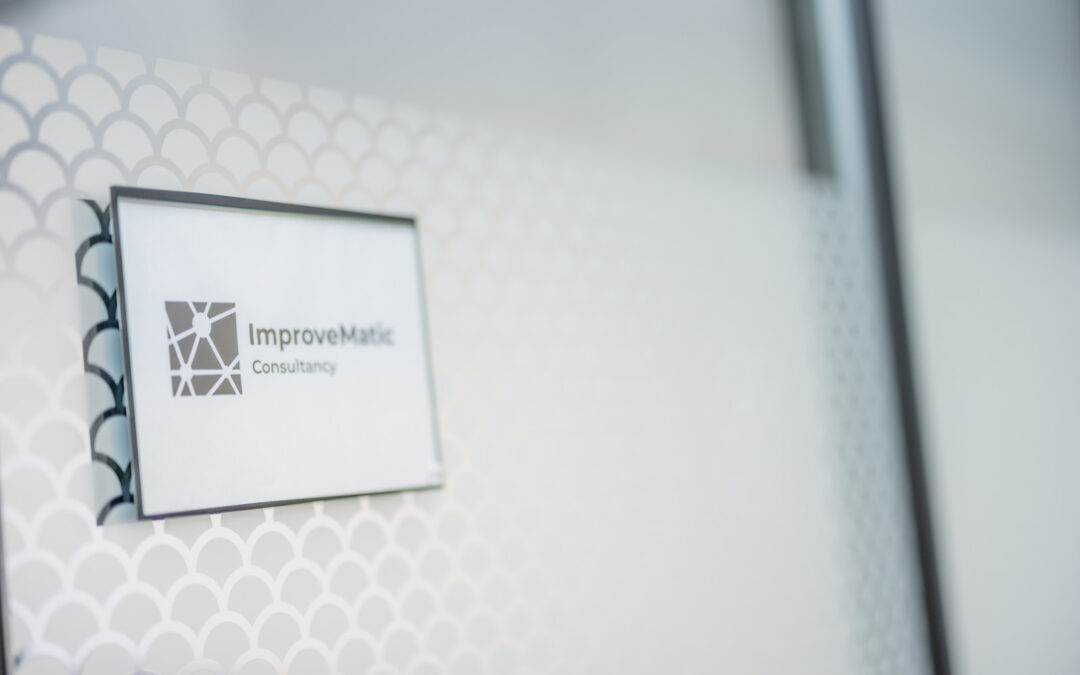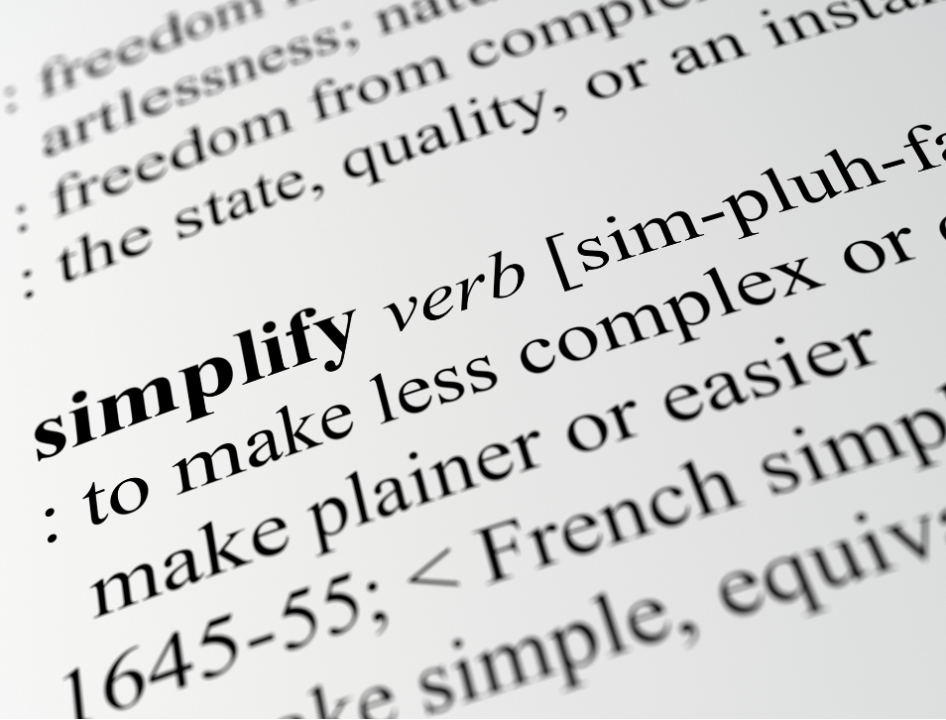Quality by Simplicity: Simplify your process, elevate your Quality and reduce your Complexity 🏆
Is your organization overwhelmed by overly complex QMS documents and procedures? Do you often encounter redundancy and confusion while following Quality and Compliance processes?
In this article, we we’ll further explore the power of simplicity and how it can elevate your quality and efficiency and reduce complexity.
In the previous article, we discussed the challenges that overly complex procedures and documentation pose to Quality, Compliance, and Efficiency efforts in the Medical Device and Pharma industries. We provided tips on how to overcome these challenges. This week, we want to dive deeper into additional factors that contribute to complexity and share some strategies for addressing them.
🚫 Redundant Procedures and Information
One common culprit of complexity is redundant procedures and information. When multiple procedures cover the same process, information and actions for employees, it can lead to errors and overprocessing. Employees may find it difficult to know which procedure to follow for a specific process, and contradictory documents can cause confusion and inefficiency. Similarly, when information is repeated across multiple documentation and records, it becomes more resource-demanding and time-consuming to review, update, and maintain procedures and records.
To tackle this issue, we recommend the following:
✔ Conduct a thorough review of your procedures to identify redundancies and overlaps.
✔ Consolidate redundant procedures into a single document that builds up in a logical manner, fitting clearly into your Quality Management System (QMS) landscape (see the last bullet).
✔ Ensure that all relevant information is included in the appropriate procedures and eliminate any unnecessary duplication in other procedures.
🚫 Poorly Written and Organized Content within Procedures and Instructions
The way a QMS document is written and structured is a crucial player in the complexity vs. simplicity battle. Long, prose and poorly written procedures and instructions are difficult to read, understand and follow. When information is scattered across a document or presented in a confusing manner, employees may find it challenging to follow, and critical information and actions may be lost in the text, leading to errors and mistakes. Furthermore, it can be challenging to find information quickly during inspections and audits.
To address this issue, we suggest the following:
✔ Establish a standard structure format for your procedures and instructions that includes the following:
- Scope and who it applies to
- Roles and responsibilities
- Definitions
- Visual mapping of the process the document addresses
- Content of procedure
✔ Structure the content with a logical flow of the process and information.
✔ Avoid prose-type writing.
✔ Use visual elements, such as tables, figures, and pictures.
✔ Use bullet points or short sections and precise, short sentences.
✔ Use consistent terminology across all documents.
🚫 Lack of a Clear Landscape for the Quality System
Finally, a lack of a clear landscape for the quality system contributes to complexity by making it difficult to understand how all the pieces and the system fit together, including the handover/handshakes between responsibilities and processes. Without a clear understanding of the system as a whole, it is challenging to identify redundancies, overlaps, and gaps, and it can be difficult for employees to follow the procedures correctly, leading to mistakes. Furthermore, it can be challenging to find information quickly during inspections and audits.
To overcome this challenge, we recommend the following:
✔ Structure your quality system, creating a clear, intuitive hierarchy for your QMS documents (e.g., policies, processes, procedures, instructions) with a logical flow of the overall core process, information/needs, and in alignment with the global regulatory approach.
✔ Outline the structure of documentation used in your QMS, including clear definitions of policies, processes, procedures, work instructions, and records to make it easy to understand the backbone of your QMS.
✔ Create a visual map or diagram of the quality system to show how it is structured. If you cannot visualize it, you may need to restructure and simplify
In conclusion, simplicity is the key to success in quality and compliance efforts in the medical device and pharma industries. By reducing complexity in procedures and processes, organization can improve efficiency, reduce errors, and ensure compliance with regulatory requirements.
Remember, simplicity doesn’t mean cutting corners or sacrificing quality. It means finding the most efficient and effective way to achieve your goals, including your quality and compliance goals. By adopting the strategies outlined in this article, you can simplify your procedures and instructions while maintaining a high level of quality and compliance.
We hope this article has been helpful in providing insight into the challenges of complexity and strategies for addressing them. If you have any questions or would like assistance in streamlining your quality and compliance efforts, please don’t hesitate to reach out. We’re always here to help.




